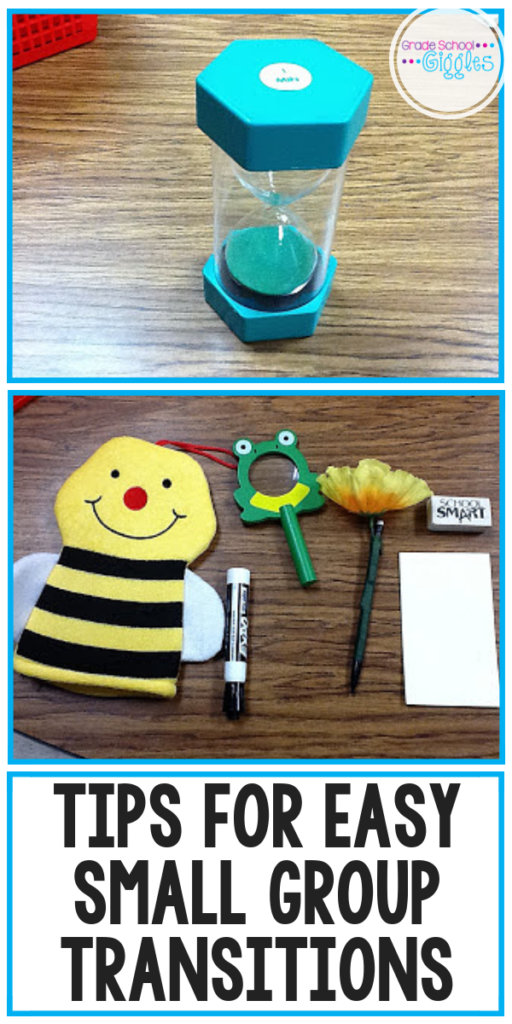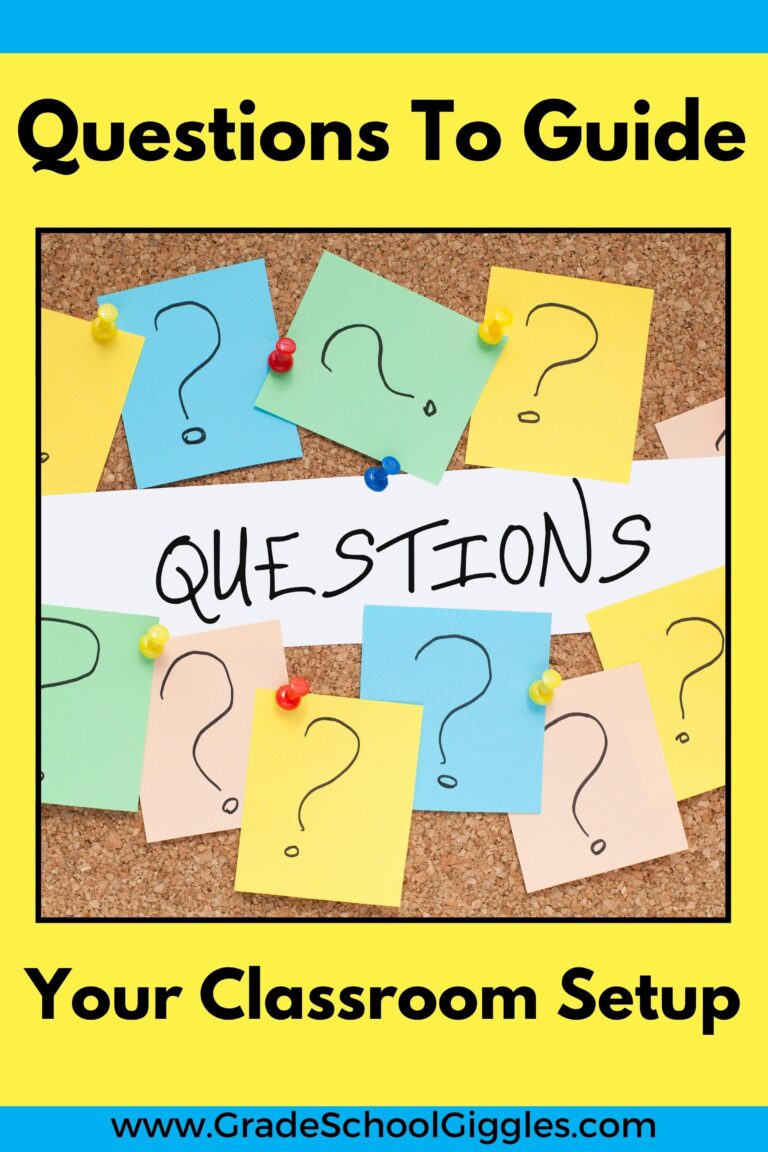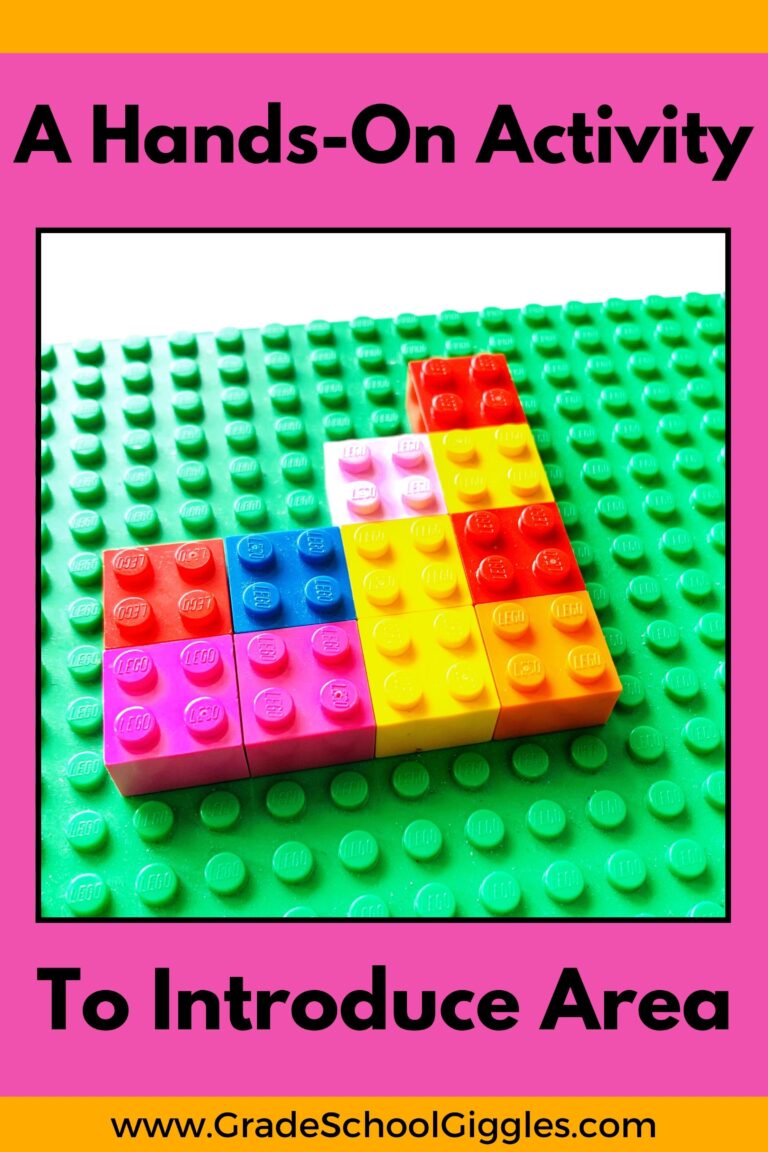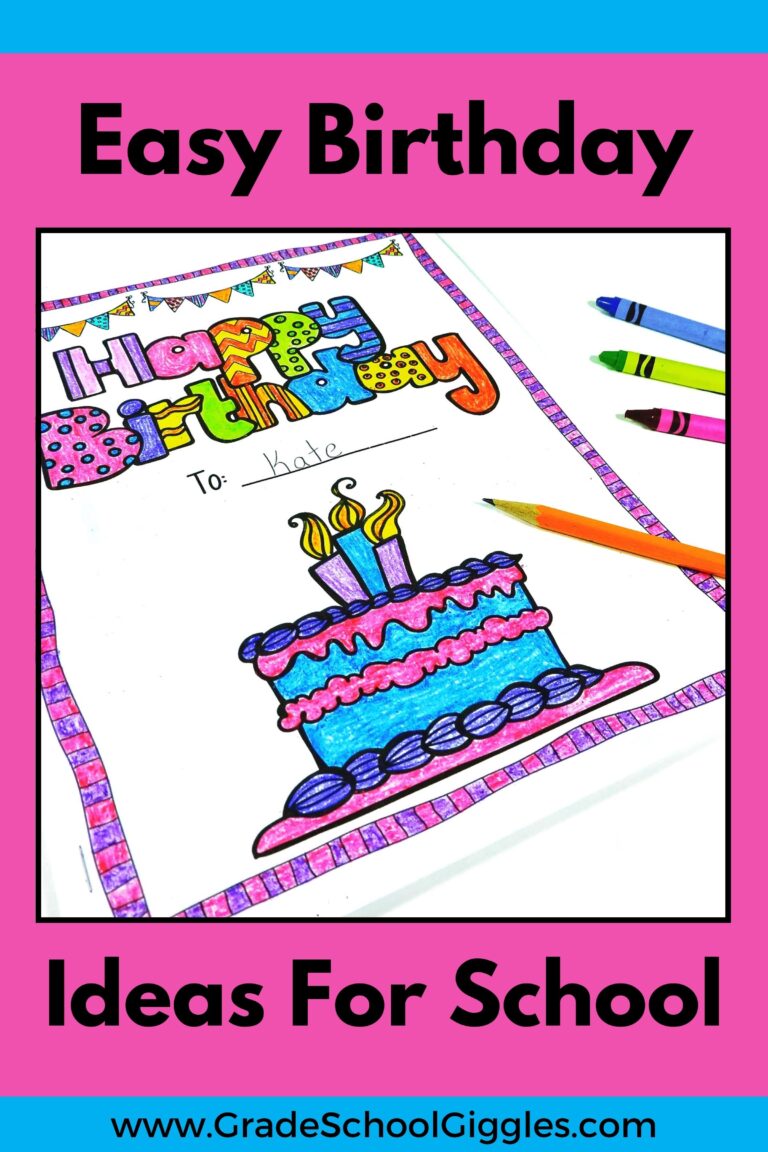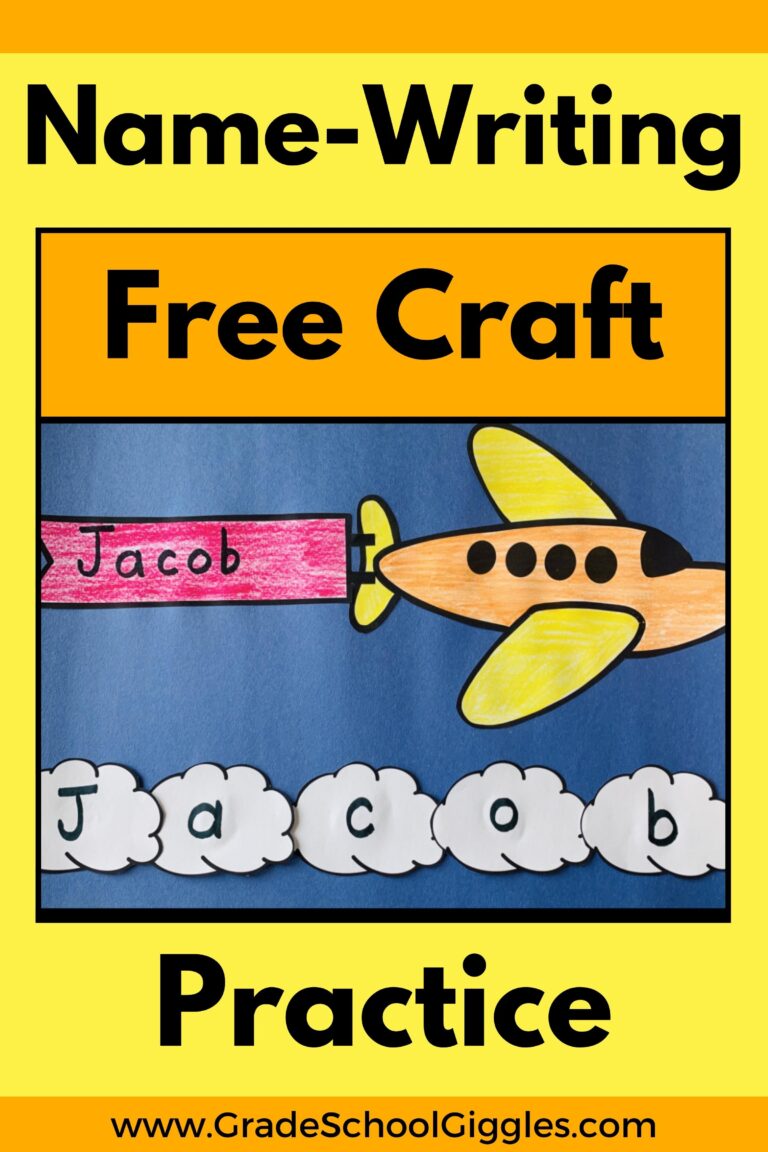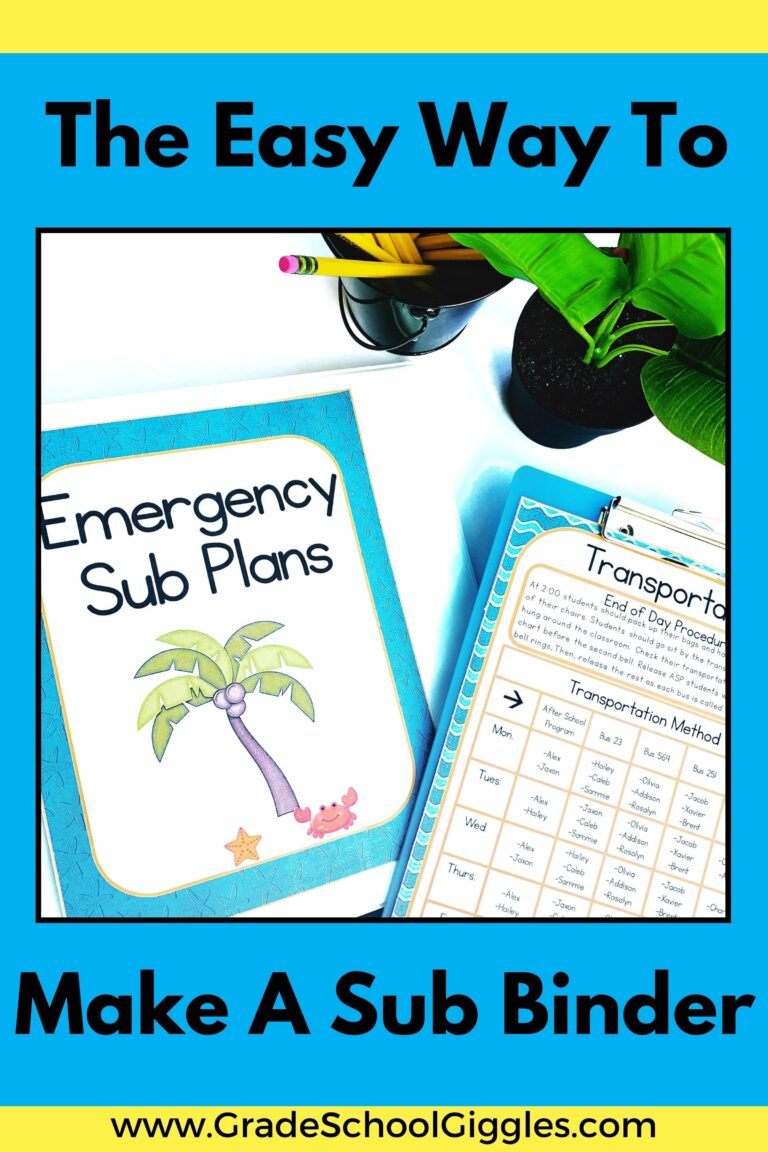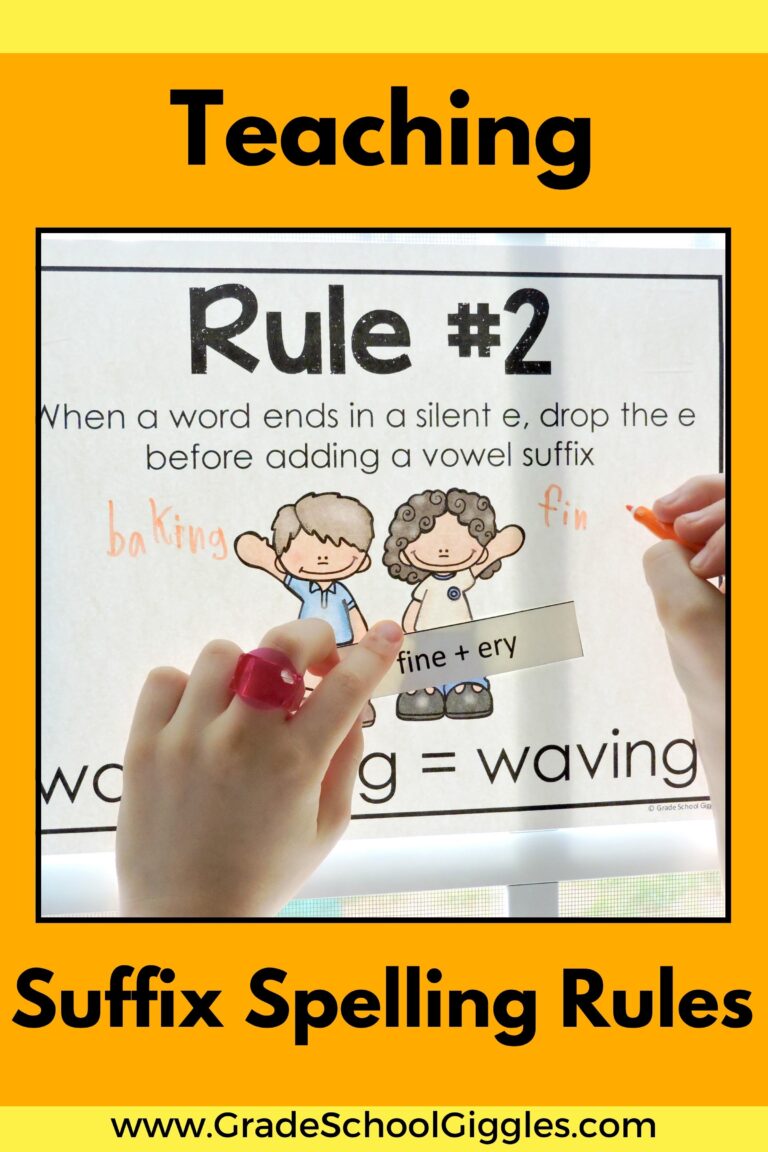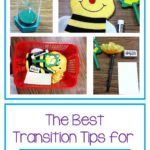Make Every Second of Your Small Group Instruction Count
When students aren’t able to read effectively it impacts every aspect of their education. That’s why we have to make sure our reading groups not only have high-quality small group instruction but also effective time management. We need to make EVERY… SINGLE… SECOND of our precious small reading group time count.
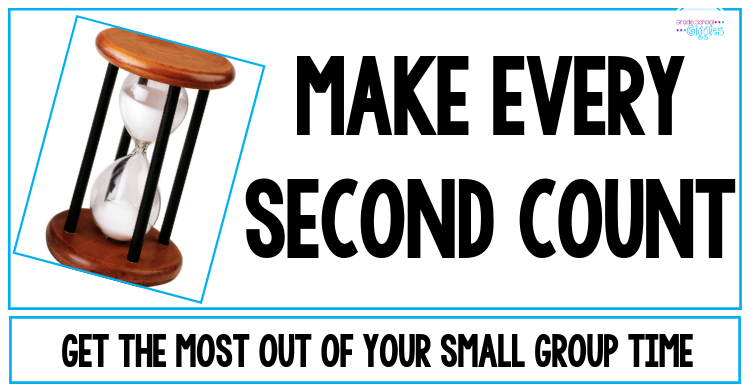
There are three little things that make a big difference:
- Establishing routines
- Planning for unexpected interruptions
- Having transition activities
Together these three things free you up to focus on your teaching and drastically cut down on transition time. So, let’s talk a little bit about each of them.
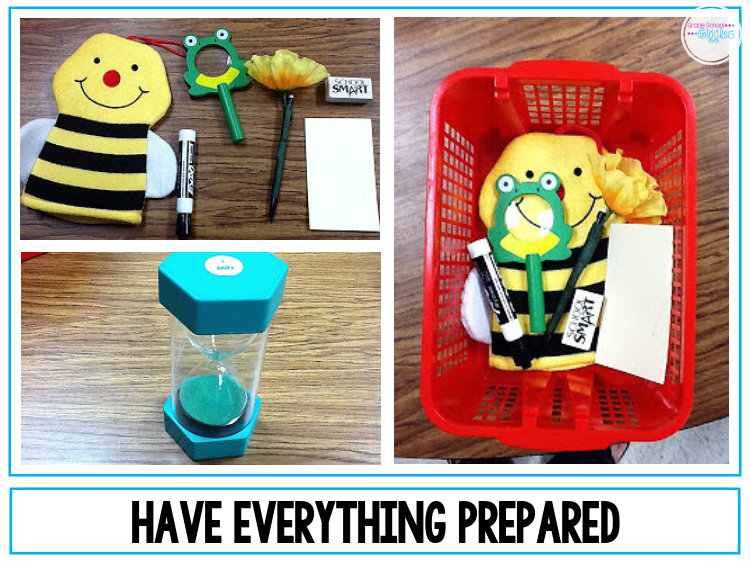
Establish a Routine
The first step in effective time management during reading groups is establishing a consistent routine. Routines are teachers’ friends. They are key to smooth transitions. That’s the plain and simple truth. Don’t underestimate the power of a great routine. Time spent teaching routines at the beginning of the year will pay off for the rest of the year.
Use some sort of signal to mark the transition to the next activity or group. Make sure your students know E-X-A-C-T-L-Y what to do during and after the transition. The more specific you are the better your students will do. List out the steps and the sequence of tasks. Plan it out! Over plan it. you can loosen up later.
For me, that was a bell. Any instructions I gave came before the bell. When I rang the bell my students knew to begin transitioning. They knew exactly what the next thing to do was and so they got on with doing it.
Routines make your job easier because once a routine is established you no longer have to stop and explain what you want your students to do. Routines free up your time and energy to focus on teaching.
Prepare For Unexpected Interruptions
Transitions don’t always go smoothly. Things happen. A computer shuts down. Someone’s glue bottle won’t work. A kid tries to climb into the plastic file box head first and gets stuck. Head down, feet kicking in the air. (Yes, that happened. I never did find out why.)
Having a plan that takes into account the reality of unexpected interruptions. Without a plan your small group ends up sitting at the table, talking and bored while you deal with whatever urgent issue has cropped up. So, have a plan that accounts for interruptions because you know they’ll happen.
Use a Transition Activity
The solution is to have a transition activity at the start of your small groups. Students need to have a set activity that stays the same every time you meet with them. Your goal is to find an open-ended activity that can last for a few minutes.
Your transition activity is an independent activity. (Remember, even your most needy students will need to do this independently.) If you can make it a fun activity that they only get to do at the start of small groups your students will rush to get started and will stay focused on it too. Don’t forget, it should serve an academic purpose too.
Here’s one idea I used to buy myself a few minutes to make sure all my other students were on task before starting small group instruction. I set out a student whiteboard with a laminated word find and a basket on top of it. Everything they needed was in the basket (affiliate links: dry erase boards, markers, shower mitts, pencils, erasers, and sticky notes). They didn’t need to find any supplies or bring anything with them.
When my students came to reading group they grabbed a magnifying glass and started looking for the words to write down. They continued until everyone was at the table. If everyone was ready, I would set a timer for 1 minute.
Once the time is up they erased the word find, put up the materials, and got out the special pencils, erasers, and sticky notes. Depending on the purpose of our lesson they might take notes, write word pattern words, or answer a question on the sticky notes.
By planning for interruptions I made every second of my reading groups count. My students were engaged from the second they arrived at the small group table and I had a minute or two to ensure everyone else was engaged in their task before starting the lesson. It worked great for me, but I’d love to hear what has worked for you. Leave a comment and share your tips.
